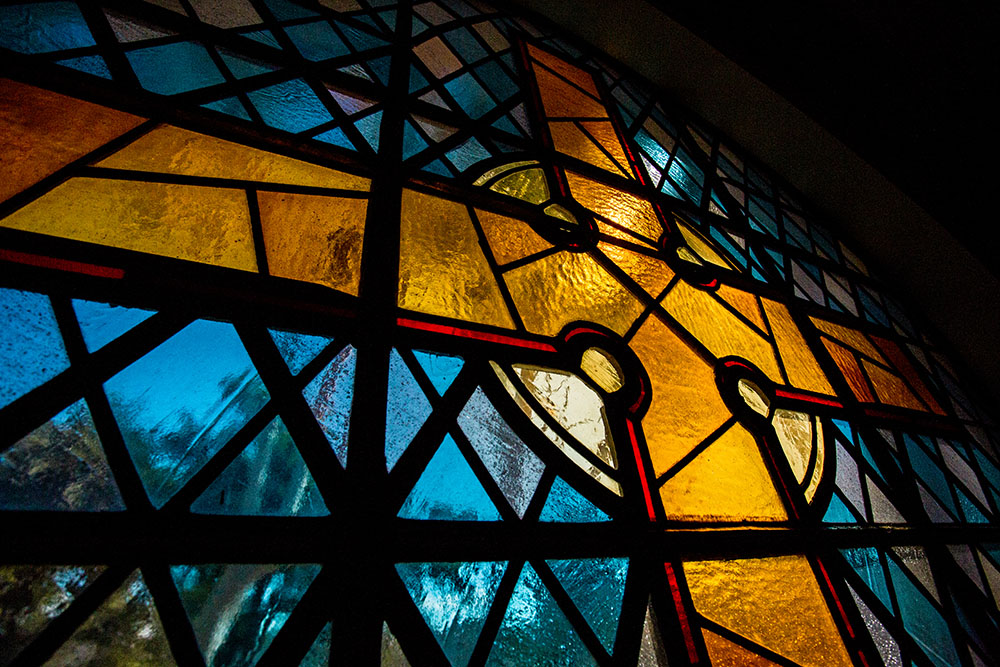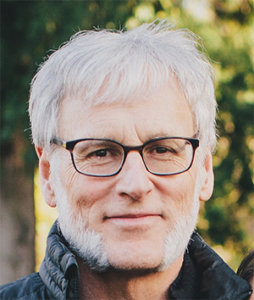Six Challenges of Missional Church Planting (Part 3)
Posted 08/23/2017 in Church Planting
This is the last of a three-part series by Dan Steigerwald. The previous posts are here and here. The final post focuses the organizational development of a church plant.

Challenge 5: Moving too quickly to a regular (usually Sunday) public gathering.
In the early phases church planting is too often more about launching a public worship service than planting a church that’s able to equip existing/new disciples of Jesus. Leaders will need to resist the urge to give too much energy and visibility to a weekly central gathering. Christian attenders, particularly those with children, will often push team leaders to accommodate the discipleship of their kids as soon as possible, thinking that a Sunday gathering is the best mode to achieve this. So it’s good to invite parents early on into seeking a solution in light of the overall aim to cultivate a discipling culture for all involved.
Once a leadership team has established a centralized gathering as the center of gravity for the plant, it is very difficult if not impossible to go back and re-create a healthy balance between the church’s gathered and scattered expressions. Before “throwing the doors open” and embarking on a more public phase, planting teams need to rehearse for an extended period their identity and their chosen Jesus-way-of-life together. The group identity involves the vision, values, name, theology, etc. they decide to hold in common. The way of life involves experimenting with a discipleship rhythm together to see what practices help the team and core group grow spiritually. This rehearsing of identity and discipleship rhythm allows the missioning group to invite people into a communal identity and way of life that they themselves have found transformative.
As the core team practices their desired identity and discipleship pattern, this does not preclude gathering regularly as a healthy expression of worship and body-life together. These regular gatherings must not become the center of gravity for the church plant, however, lest discipleship and missional engagement be severely compromised. The church must remain a missionary community throughout its life.
Core Coaching Questions: How will you prevent your gathered life as a church from becoming the main drain on staff, community energy/time, and resources? How will you live incarnationally as an embodied community, with “church” not viewed as a building nor as a weekly meeting where religious goods and services are offered at a particular site
Challenge 6: Anti-organizational bias or defying conventional/traditional ways of being the people of God.
This challenge is in some ways the opposite concern of the prior challenge of prematurely launching a familiar Sunday gathering. At times, missional planters can have a bias towards organic, more fluid forms of church, and this bias can disregard both the spirituality of good organizational development and the learnings of more traditional churches. When leaders undervalue the benefits of what has gone before, they can become overly mesmerized with the latest and greatest ideas. And at times the memory of pain endured from their experience of more conventional church forms leads them to define who they are by what they are against rather than defining themselves by what they stand for. Coaching may be needed to help planters move from a reactionary stance towards articulating an alluring, positive vision of what the church could be. Teams need to cultivate the development of flexible structures that they keep intact only insofar as these serve the body’s overall development. This aspect of leadership takes some organizational savvy and intentionality.
A related issue is the tendency for planters to only value what’s progressive and on the edge. A high idealism and the language created by leading edge practitioners often becomes unnecessarily exclusive. People who adopt change more slowly and methodically (“late adopters”) get squeezed out, when these folks need to be patiently pulled in to become the longer-term backbone of the church. Leaders must do extra work to help assimilate the slower “salt of the earth” people who need time/processing to understand new concepts, language and why it’s adopted. As far as strategic development of viable community is concerned, a planting team must integrate the people needed for good forward planning, goal-setting and decision- making (with attention to developing systems for equipping, communication, assimilation, people development, etc.), or they will jeopardize their sustainability.
Core Coaching Questions: What would it look like for your form of ecclesia to “grow up” or mature as a local church? What functional structures need to be set in place to insure this maturing? How will you measure your progress in maturing as a church over time?

Dan Steigerwald (dlsteigerwald@gmail.com) is a church planter, coach, and author, helping leaders and churches find creative perspectives, processes, and connections that enable them to mature and multiply shalom communities. As a coach, Dan helps planters discern ways of thinking and acting that allow them to naturally embody and express the gospel as local missionaries. Dan has written Grow Where You’re Planted, Growing Local Missionaries, and Dynamic Adventure: A Guide to Starting and Shaping Missional Churches. He and his wife Ann live in Portland, Oregon, where they enjoy spending time with their two daughters and green-minded friends.

